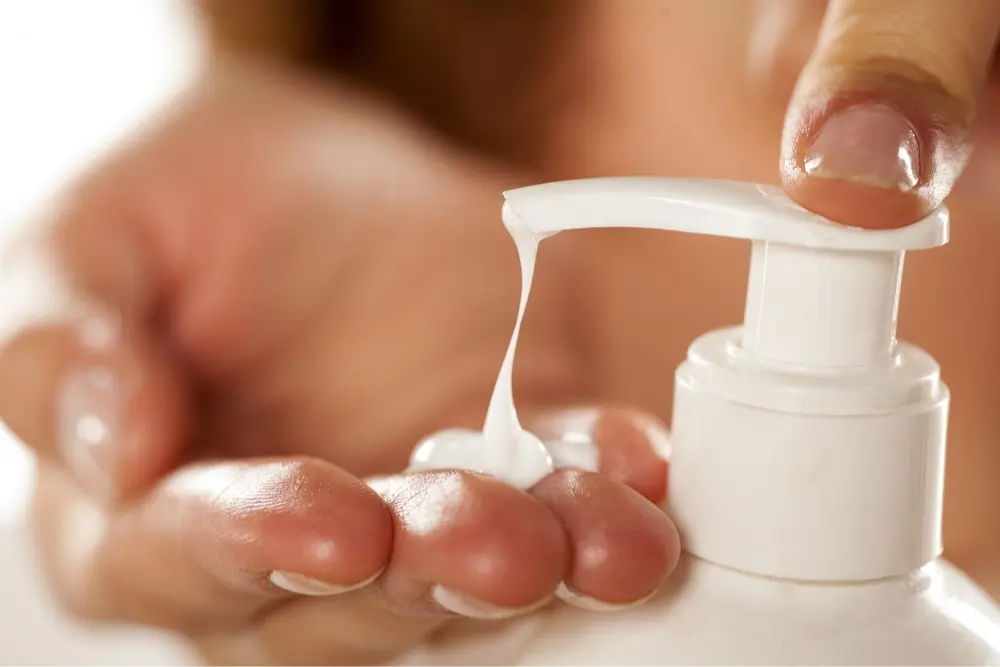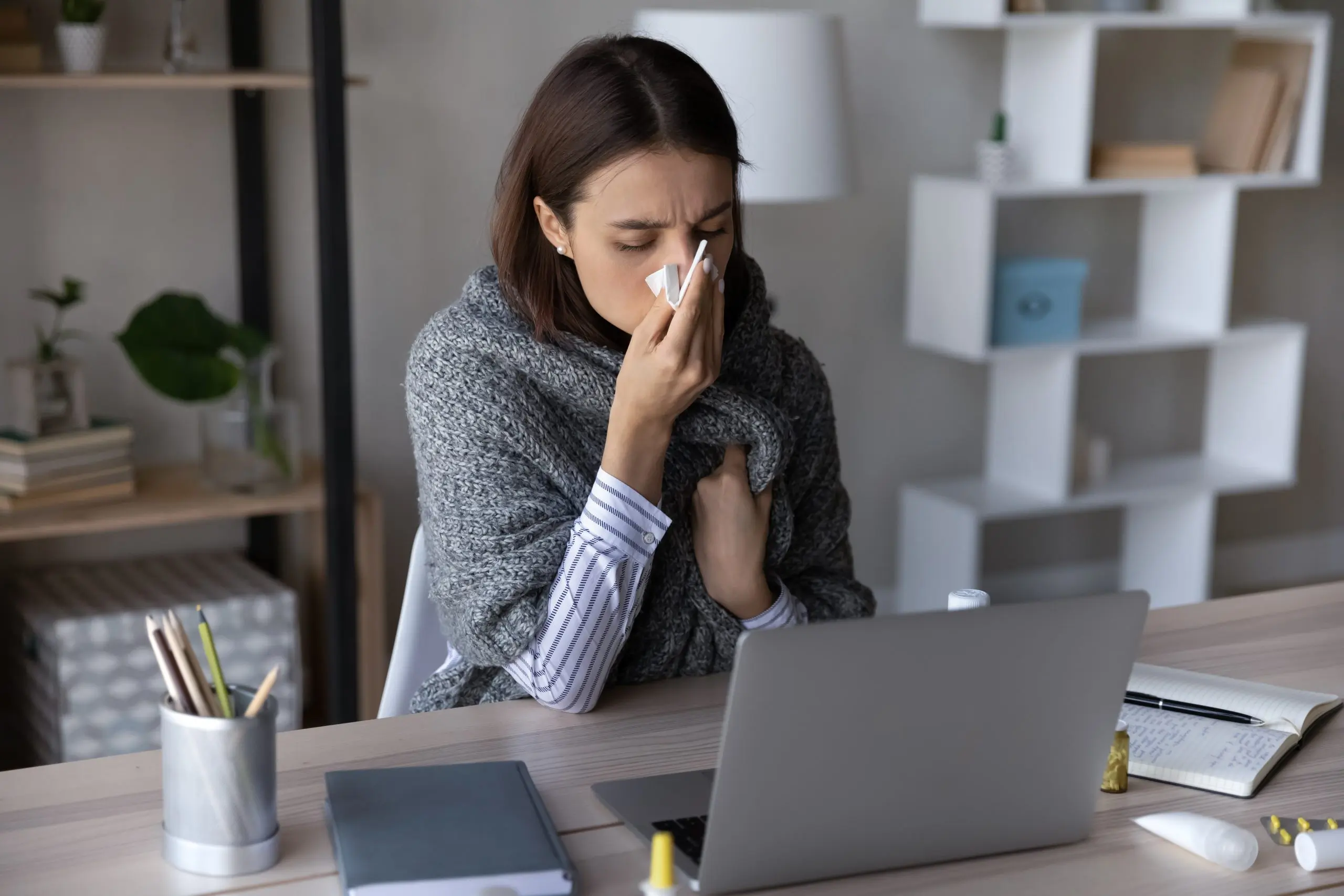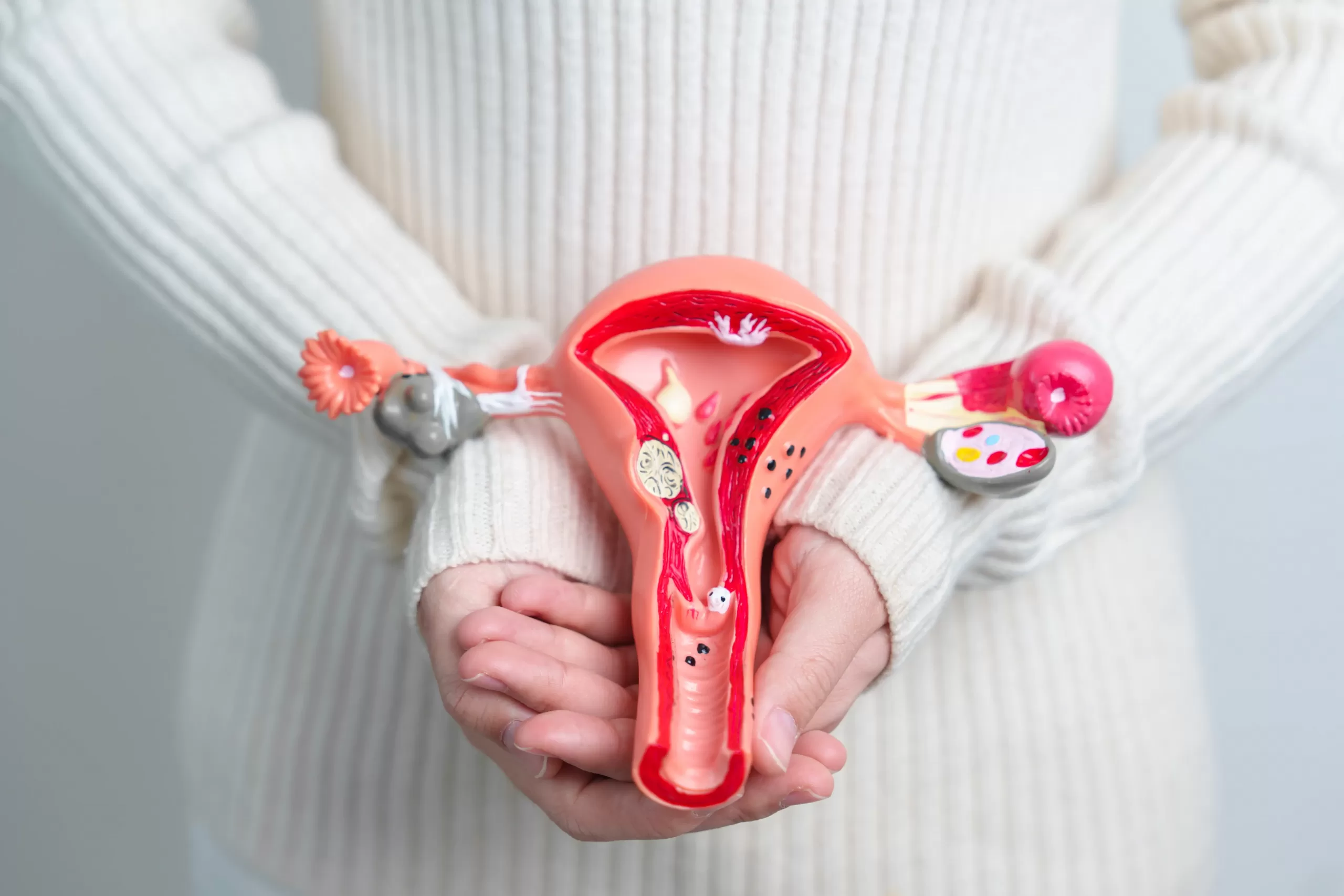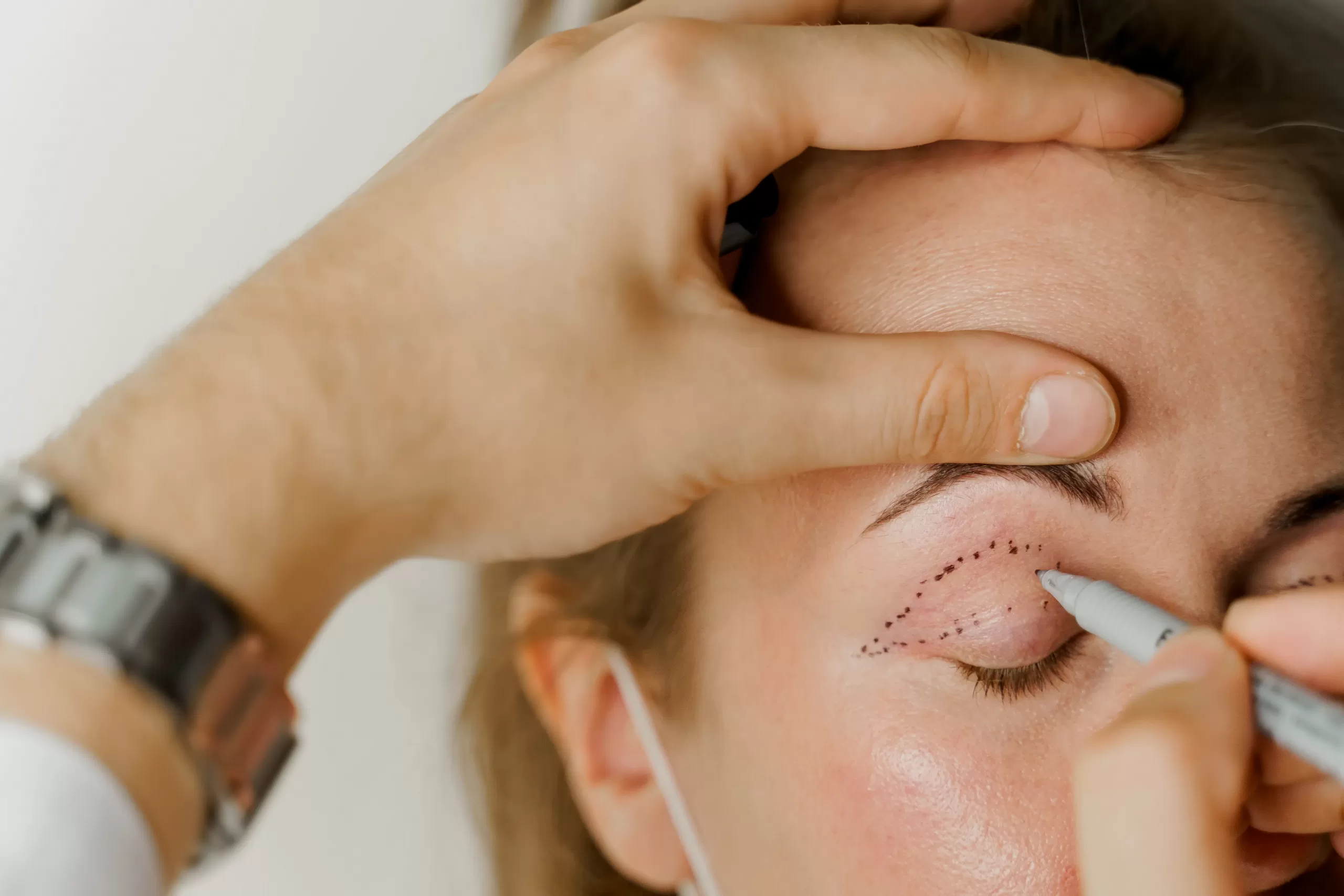Rough, bumpy skin? It could be Keratosis Pilaris.
What is Keratosis Pilaris?
Keratosis Pilaris is a very common skin condition- so common, in fact, that it’s often considered to be a “skin type”. It shows up as dry bumpy skin that feels rough to touch, most commonly on the upper arms, thighs, buttocks and sides of the face. Sometimes these little bumps look a bit red. The rash does not tend to cause discomfort or itch.
Who gets Keratosis Pilaris?
It is often hereditary and runs in families. It is more prominent in young children, but tends to improve over time, often settling after the age of 30.
What causes Keratosis Pilaris?
Keratin is a tough protein that is a normal part of the skin’s surface. In Keratosis Pilaris, too much keratin builds up in the openings of hair follicles, forming tiny “plugs”. These give a rough sand-papery texture to the skin. It’s not certain why Keratosis Pilaris occurs, but it tends to be worsened if the skin gets dry, or if eczema is also present.
Are any tests needed?
No, Keratosis Pilaris is a diagnosis your doctor can usually make, simply by looking at your skin- it has a typical appearance.
What is the treatment for Keratosis Pilaris?
Keratosis Pilaris tends to naturally improve as people get into their thirties. In the meantime, there are some potentially helpful treatments that can be tried:
Topical treatments to remove dead skin:
Moisturising creams containing urea, lactic acid, salicylic acid, alpha hydroxy acid, or a combination of these ingredients, can help remove dead skin cells and excess keratin. Your doctor or pharmacist will be able to advise you of the products available- most are over-the-counter, and they come in varying strengths and concentrations. The acids in these creams can lead to redness or skin irritation in some people, so they aren’t recommended for use in younger children.
Topical treatment to prevent keratin plugging of follicles:
Retinoid creams (derived from Vitamin A) increase cell turnover and reduce keratin plugging of hair follicles. These products can also cause irritation and drying of the skin, and are unsuitable in women who are pregnant or breastfeeding.
Can you get rid of Keratosis Pilaris for good?
Whilst topical creams may be helpful treatment for Keratosis Pilaris, the symptoms tend to return if you stop. However, many people find the condition naturally improves throughout adulthood.
Are there any other important tips for people with Keratosis Pilaris?
- Be gentle with your skin- avoid long hot showers as they can dry the skin out more- try to keep showers short and lukewarm. Exfoliate very gently (e.g. with a loofah), but avoid vigorous scrubbing, as it can make things worse. Pat your skin dry with your towel after showers and baths, rather than rubbing.
- Avoid too many soapy products- they may further dry out the skin.
- Moisturise regularly- whilst simple moisturisers are fine, those with added urea, lactic acid or salicylic acid may be more helpful, as mentioned above. Or you can apply medicated cream first, and moisturiser afterwards.
- Wear loose comfortable clothes- garments that are tight or chafing may exacerbate Keratosis Pilaris.
- If the air in their home is dry, some people find that using a humidifier helps their skin.
If you want to know more about Keratosis Pilaris speak to your doctor.
How to Get a Sick Cert Online Fast
How to Get a Sick Cert Online Fast Woke up with a sore throat or a pounding headache? We’ve all been there—too crook to drag yourself to the GP, [...]
What is a hysterectomy and when is it needed?
What is a hysterectomy and when is it needed? A hysterectomy is a surgical procedure to remove a woman's uterus (womb), usually performed by a gynaecologist. It is commonly [...]
Eyelid cosmetic surgery
Is Eyelid Cosmetic Surgery Right for You? Are your eyelids feeling heavy? Do they affect your vision, making everything blurry or giving you a sense of constant fatigue? Do [...]






